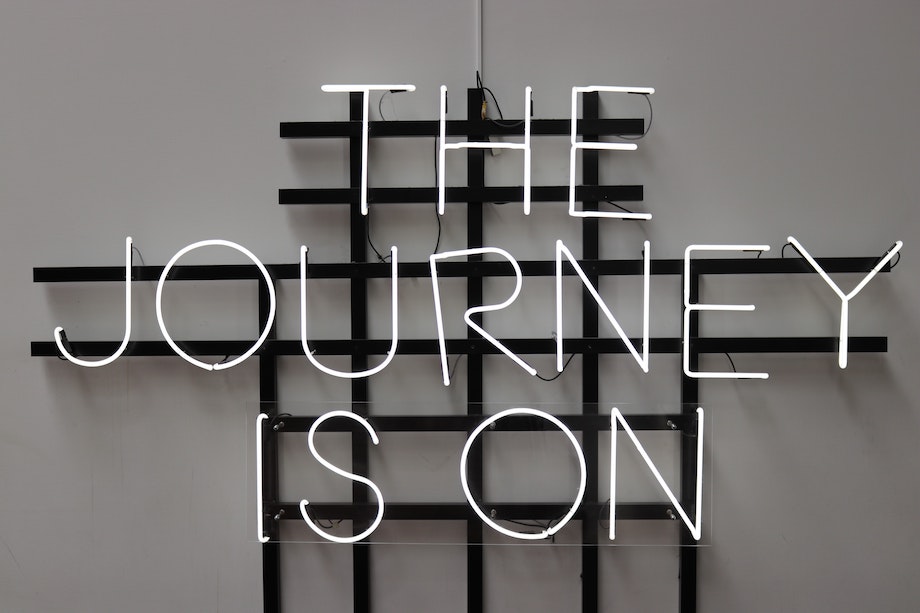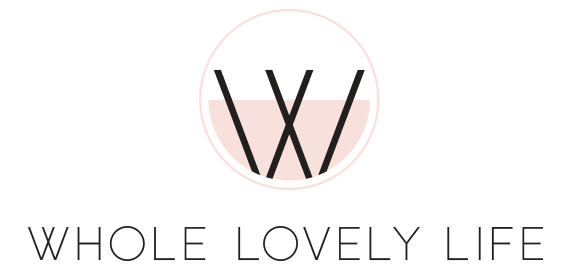
If you are living with Ankylosing Spondylitis, another autoimmune disease, or chronic pain there are alternative therapies that could help. I have been on a journey to healing for many years and while I don’t live with the daily pain I once did I do have acute pain from time to time.
In a report from the Centers for Disease Control and Prevention, it is estimated that 50 million or 20.4 percent of adults in America are suffering from chronic pain. Chronic pain is defined as pain experienced most or every single day for at least 6 months in a row.
Chronic pain can be caused by an underlying condition so if you are currently experiencing daily pain and have not been evaluated by a medical professional that should be your first step. If you know what is causing your chronic pain then the following alternative therapies may be helpful.
I have tried many alternative therapies over the years and there are more than the ones I am sharing below. However, these are the ones I have found through my own experience to make the greatest difference for not only chronic pain but acute pain as well.
1. MASSAGE
Massage is a therapy where the soft tissues of the body such as muscle, connective tissue, tendons, ligaments, and the skin are manipulated with different degrees of pressure and movement. There are several different massage techniques a therapist can use. Massage has many benefits besides just the physical such as increased relaxation and reduced stress. Massage is readily available these days. However, if you are struggling with something like ankylosing spondylitis or a chronic condition finding a therapist who has experience with these conditions may help you achieve better results. Massage is something I always turn to when I am feeling muscle tightness or pain and it almost always produces immediate results.
2. ACUPUNCTURE
Acupuncture is part of the ancient practice of Traditional Chinese Medicine. My acupuncturist shared that in Chinese medicine it is believed that the body has thousands of points that are connected by meridians. Think of a meridian as an energy pathway. The flow of energy is called Qi. The flow of Qi is responsible for our overall health. If this flow of energy is blocked or becomes stagnant it can lead to poor health. Acupuncture involves inserting very thin needles into different acupuncture points which helps to improve the flow of Qi and a return to a state of health. An acupuncturist will spend time to understand your health concerns before creating a treatment plan. In the beginning, frequent visits are necessary but once your symptoms improve overtime only “tune-up” sessions are needed. When I was in extreme pain in the past acupuncture brought almost immediate relief. I left my session feeling like I had a deep tissue massage. It also helped me to manage the stress that comes along with daily pain. What I love most about acupuncture is not only can it address chronic pain but it can also help with many other health concerns at the same time.
3. CUPPING
Cupping is an ancient therapy that was used in Egyptian, Chinese, and Middle Eastern cultures. There are several different types of cupping but the most standard type involves placing cups on certain areas of the body and then creating a vacuum either with the use of alcohol and fire or suction. Traditional cups are made of glass however, cups are also made of silicone and plastic. Cupping is used frequently as a complement to acupuncture. And, with a basic education can safely be used at home. I have several cupping sets that I use to relieve muscle tension in my back, neck, and legs.
4. GUA SHA
Gau Sha has become a popular buzzword in the beauty world but before it was part of the latest beauty trend it was an ancient healing technique. Gua sha involves scraping the skin in a downward motion with a tool. I traveled around Indonesia several years ago when I still worked for Target. One night my team and I decided to get a massage at the hotel we were staying at and one of the treatment options was called coining. I had no idea what it was so I asked one of our Indonesian team members and he explained to me that a coin-shaped tool is used to scrape the skin over and over which helps to relieve pain by stimulating circulation. It also helps to move stagnant energy similar to acupuncture. When I returned to Minneapolis and did a bit more research I found that coining is also called gua sha and searched for a place to try it. After my first session, I was sold. It helped to relieve muscle pain and tightness not only during the treatment but for a long time after. I purchased my own qua sha tool which I use all over my body for exercise recovery, muscle pain, and stiffness.
5. CHIROPRACTIC
Chiropractic care is something you need to be careful with if you have Ankylosing Spondylitis. Manual adjustments can be dangerous especially if you have fusing in your spine. So, if you are going to work with a chiropractor make sure you have discussed it with your doctor and make sure the chiropractor is familiar with Ankylosing Spondylitis. I have not used chiropractic care a lot. However, I know many find it not only helps with chronic pain but with mobility as well. While manual manipulation may be unsafe for some there is a tool called an activator adjusting tool that can be used as an alternative. This is a tool that delivers a gentle impulse force to a target point helping to restore motion. Chiropractic care can also include soft tissue therapy, nutrition recommendations, and exercise coaching.
6. PHYSICAL THERAPY
Physical therapy is care that aims to help relieve pain and improve the function and mobility of the body. I have worked with many physical therapists over the years for both chronic and acute issues. The best physical therapy I have received involved a mix of three things. Number one Pain Relief through massage or soft tissue manipulation. Number two Exercises to help increase flexibility and strength. And, most importantly number three Education including real-life daily things that can be done outside of the physical therapy office to not only improve the issue you are struggling with but to help ensure you avoid the same issue in the future.
If you are struggling with autoimmunity or chronic pain be patient. The road can be long and figuring out what works best for you may require trying out multiple different alternative therapies.
What I found extremely helpful when I was struggling with pain was to keep a journal of how I felt immediately after different therapies and a few days/weeks later. This exercise helped me to track what was working and what was not saving me time and money.
One of the most difficult things with alternative therapies is finding a practitioner you can trust, will work with you, and one that will help you achieve results. I can’t tell you how many places I have tried over the years but let me just say it has been A LOT! If you live in the Minneapolis area and are looking for places that offer these alternative therapies below are ones I personally go to or have visited in the past and have been very happy with!
Just remember with health and healing there is no quick fix. These are modalities that can be helpful but nutrition and the mind-body connection are key as well!
Minneapolis Practitioners:
Acupuncture + Massage: Function MN (Kate Dietz)
Gua Sha + Massage: Northeast Wellness (Jason T. Lee)
Chiropractic + Physical Therapy: Life Clinic Chiropractic and Rehabilitation Edina MN (Dr. Adam Sagedahl)
In Love, Health + Gratitude,
Katie
*Disclaimer: All of the information included in this blog post are for educational purposes only. It is not intended nor implied to be a substitute for professional medical advise. The reader should always consult his or her healthcare provider to determine the appropriateness of the information for their own situation. The information in this blog post is not intended to diagnose, prevent, treat and cure a disease or medical condition. By reading this blog post you acknowledge responsibility for your own medical decisions.
